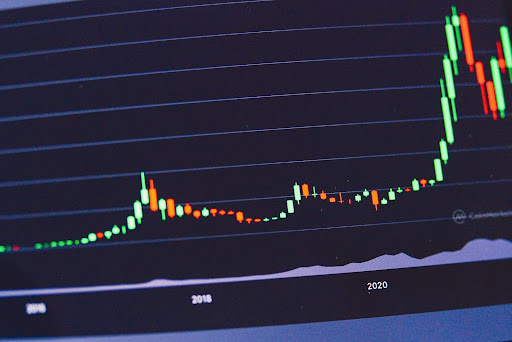Guide: What Is Divergence And How To Master It
In the dynamic world of financial markets, traders are constantly searching for reliable indicators and strategies to gain an edge. One such powerful tool is divergence analysis. Divergence refers to a discrepancy between price and a related technical indicator, offering valuable insights into potential trend reversals or continuations.
Let’s explore what divergence is, its types, and how traders can master this concept using different methods, such as a divergence cheat sheet, to enhance their trading arsenal.
We will also introduce a Divergence Cheat Sheet from a trusted source to aid traders in their analysis.
Understanding Divergence
Divergence, within the realm of technical analysis, occurs when the price of an asset moves in the opposite direction of a related indicator. It suggests a potential shift in market sentiment and often acts as a precursor to a significant price movement. By identifying divergences, traders can anticipate trend reversals, gauge market strength, and fine-tune their entry and exit points.
Types of Divergence
- Regular Divergence
Regular divergence is the most common type of divergence and occurs when the price forms higher highs or lower lows while the indicator fails to confirm those moves. There are two types of regular divergence:
- Bullish Regular Divergence
Bullish divergence RSI occurs when the price forms lower lows while the indicator forms higher lows. This suggests weakening selling pressure and a potential bullish reversal.
- Bearish Regular Divergence
Bearish regular divergence occurs when the price forms higher highs while the indicator forms lower highs. This indicates weakening buying pressure and a potential bearish reversal.
- Hidden Divergence
Hidden divergence, also known as continuation divergence, occurs when the price forms higher highs or lower lows while the indicator moves in the opposite direction. Hidden divergence is a powerful tool for identifying trend continuation signals. There are two types of hidden divergence:
- Bullish Hidden Divergence
Bullish hidden divergence occurs when the price forms higher lows while the indicator forms lower lows. This suggests that the underlying uptrend is likely to continue.
- Bearish Hidden Divergence
Bearish hidden divergence occurs when the price forms lower highs while the indicator forms higher highs. This indicates that the underlying downtrend is likely to continue.
Mastering Divergence
To effectively utilize divergence in trading, here are some key points to consider:
- Choose Reliable Indicators
Selecting the right indicators is crucial for accurate divergence analysis. Commonly used indicators include the Moving Average Convergence Divergence (MACD), Relative Strength Index (RSI), and Stochastic Oscillator.
Experiment with different indicators to find the ones that align with your trading style and provide reliable divergence signals.
- Confirm with Price Action
While divergence can be a powerful tool, it should never be used in isolation. Always confirm divergence signals with price action and other technical analysis tools, such as support and resistance levels, trendlines, or chart patterns.
The convergence of multiple signals increases the probability of a successful trade.
- Practice and Backtesting
Mastering divergence requires practice and experience. Backtesting historical data and studying charts with divergences can help you understand how different assets and indicators behave in various market conditions.
This process will improve your ability to identify and interpret divergences accurately.
- Risk Management and Stop Loss
As with any trading strategy, risk management is vital when trading divergence. Set appropriate stop-loss orders to protect yourself from significant losses if the trade goes against you.
Divergence signals are not foolproof, and it’s important to have a well-defined risk management plan in place.
- Utilize a Divergence Cheat Sheet from a Trusted Source
To assist traders in their divergence analysis, it is beneficial to utilize a divergence cheat sheet from a trusted source. A comprehensive cheat sheet provides a quick reference guide, outlining the different types of divergence and their implications.
It helps traders identify divergences efficiently, saving time and ensuring accuracy in their analysis.
By using the sheet from a trusted source, traders can enhance their understanding of divergence patterns and optimize their decision-making process.
Conclusion
Divergence analysis is a valuable tool in a trader’s arsenal, offering insights into potential trend reversals or continuations. By understanding the different types of divergence and mastering its application, traders can enhance their trading strategies and improve their chances of success in the financial markets.
Remember to combine divergence analysis with other technical analysis tools, practice consistently, and utilize a Divergence Cheat Sheet from a trusted source to maximize the effectiveness of your trading decisions.


